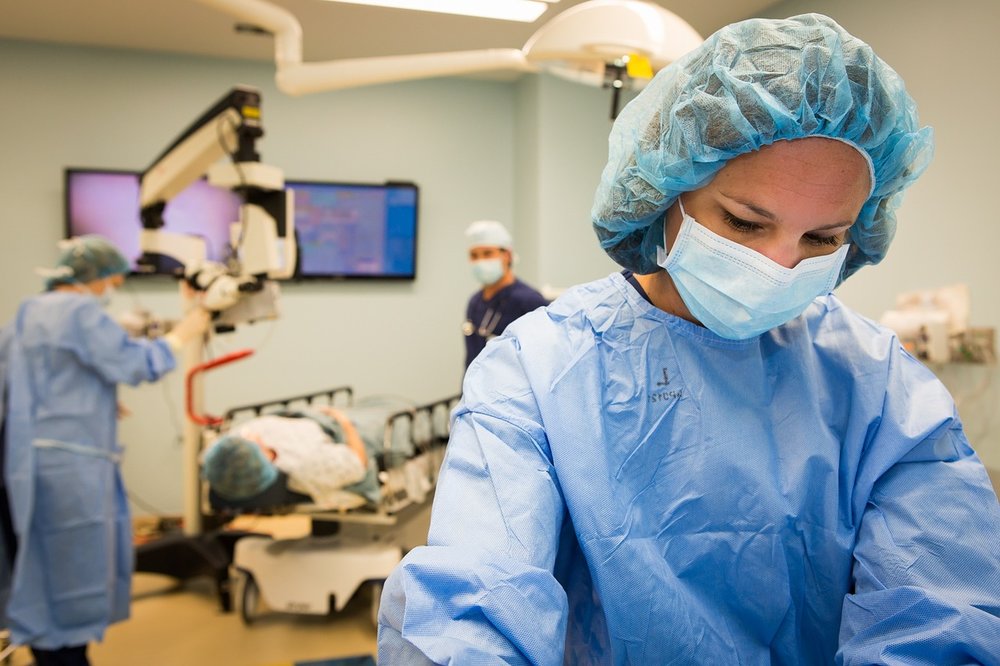Compensation & Gender Gap In Medicine. (What's up at your clinic?)
/Getting to be something of a broken record, compensation and gender gap are still problems women deal with in medicine.

Medscape has just released their yearly Compensation Report. The website conducted a survey to physicians, and twenty-seven specialties partook in answering the survey. It has also disclosed the percentage of participants, in the survey, thus the study itself should not reflect the whole physician community. Doximity also made their first ever Compensation Report. The study showed that physicians in Charlotte, North Carolina received the most pay. Additionally, those in the rural areas are more compensated as compared to those living in big cities. According to the physician only website, 36000 physicians took part in answering their survey to complete their report.
Physicians who have specialties tend to earn more as compared to primary care, and that compensation has steadily grown since 2011. From a cosmetic medicine perspective, plastic surgeons and dermatologists made it to the top 10 average highest paid specialties. According also to Medscape, plastic surgeons experienced a compensation growth over 24% as compared to last year’s survey, while only a 1% change was seen for dermatologists.
Talks of compensation also branch out to gender gap. On the topic of compensation by gender, men still receive higher pay. Medscape, however, suggested there could be lesser women in specialties that receive higher salary. In 2016, dermatologists topped the list of feeling fairly compensated; however, emergency medicine has taken over in 2017, dermatology dropping to number two. Plastic Surgeons are number 12 on the list, rising from number 15 in 2016. On Doximity's side, the gender pay disparity is 26.5%, with women still earning less than male counterparts. The website revealed that there was no state where women had higher pay than men. Despite being the highest paid city, Charlotte also was a city with the highest pay disparity, with women receiving 33% less.
In an aesthetic perspective, female plastic surgeons have taken a stand against gender gap through campaigns, and have a feature on the Plastic and Reconstructive Surgery Journal (PRS). Even the editor of the PRS, Dr. Rod Rohrich, has spoken about acknowledging and aiming to raise inequality of women in plastic surgery. The series started last September 2016. It is their hope that women continue to break barriers in a male-dominated profession and to raise awareness on the matter. The journal also supported the social media campaign on Twitter, using the hashtag #ILookLikeAPlasticSurgeon.
The articles in the series provide insightful information for women in the field and the ability to acknowledge and empower women in surgery. So far, the topics covered are financial planning and retirement, gender biases in the field, work and life balance, pregnancy, and negotiation. Their aim is to get the word out to the medicine community and propose ideas and solutions to address the issues.
According to several doctors, negotiation is one key factor to addressing the gender gap. They add that in reality, many female physicians are hesitant in asking for pay raises. It is best to tackle gender pay gap among each other in the practice and that every physician working in the practice get paid for what they work for. If you have any female colleagues in your practice, give them an opportunity to voice out their issues with working and compensation. As for the female physicians, do not be afraid to speak up, if you feel you need to address any concerns in the workplace.
Gender gap is still prevalent in medicine, and it is best to acknowledge and address the gap and inequality in the field. As physicians, what are the measures you partake to combat the gender gap in your practice or clinic?





